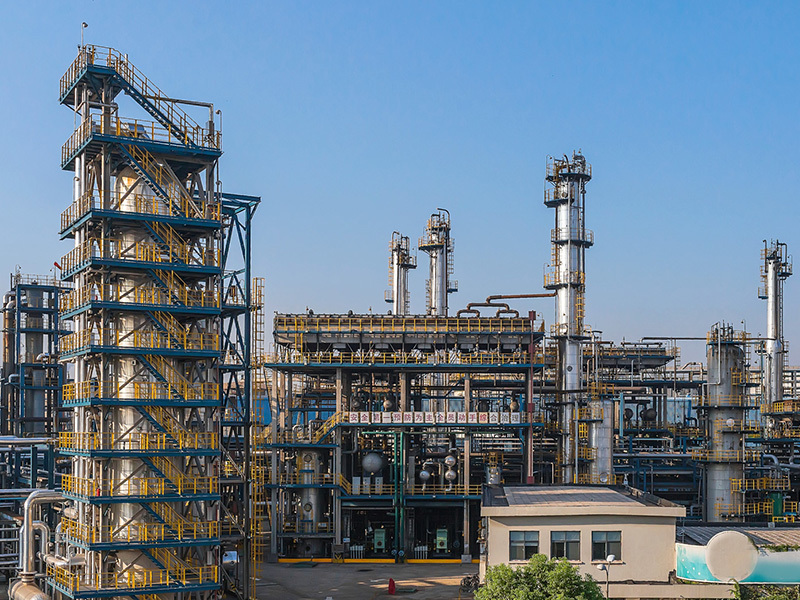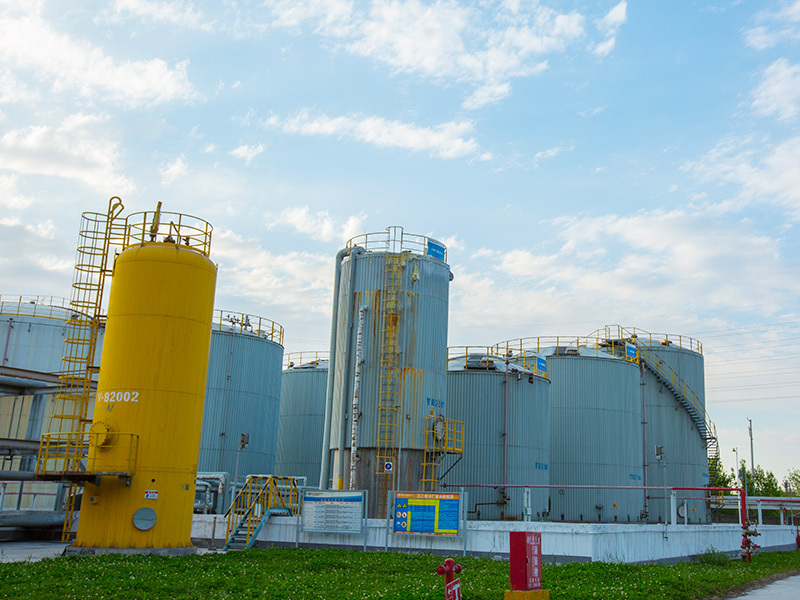The stamping elbow manufacturer provided a detailed self-introduction.
Hello everyone, before introducing ourselves as "Stamping Elbows," let’s first understand what an elbow actually is. Elbows are everywhere in our daily lives—though we may not always realize it. In piping systems, elbows are essential fittings that help change the direction of pipelines.
Hello everyone, before we officially dive into the self-introduction of stamped elbows, let’s first clarify a fundamental concept: what exactly is an elbow? As an essential and indispensable component in piping systems, elbows have actually become deeply embedded in every aspect of our daily lives. From plumbing layouts in home renovations to gas distribution networks in industrial facilities, from thermal pipelines in urban heating systems to intricate piping systems in the petrochemical industry—these fittings, which enable fluids to change direction, consistently play a critical role. Though we may not consciously pay attention to their presence, these versatile pipe connectors have long since evolved into indispensable foundational elements in modern engineering.
In the field of piping engineering, elbows are primarily categorized into three standard specifications—45°, 90°, and 180°—based on their turning angles. Among these, the 45° elbow is commonly used in applications requiring smooth directional changes, effectively redirecting fluid flow while minimizing pressure loss. The 90° right-angle elbow, on the other hand, is widely employed in piping systems that demand vertical turns; its compact design and ease of installation make it the most frequently used type of pipe fitting. Meanwhile, the 180° return bend is typically utilized in specialized scenarios where pipes need to be connected in reverse directions. Beyond these standard angles, engineers can also customize elbows with special angles such as 60° or 30°, tailored to meet the precise requirements of complex piping systems.
From a material perspective, the range of choices for pipe elbows is quite extensive. Traditional cast iron elbows, thanks to their excellent casting properties and low cost, still hold a place in certain low-pressure piping systems today. Stainless steel elbows, on the other hand, are the preferred choice in industries such as chemical processing and food production, owing to their outstanding corrosion resistance. Alloy steel elbows, enhanced by the addition of elements like chromium and molybdenum, significantly boost the material’s high-temperature strength and creep resistance—making them ideal for applications involving extreme heat and pressure. Meanwhile, malleable cast iron elbows combine the benefits of both casting and forging processes, offering superior strength while also improving the material’s toughness. Carbon steel elbows remain the most commonly used base material in industrial piping systems due to their excellent mechanical and machinability properties. Non-ferrous metal elbows—such as those made from copper or aluminum—are indispensable in specific fields, thanks to their exceptional thermal conductivity and anti-magnetic properties. Lastly, plastic elbows have gained widespread popularity in recent years within the residential construction sector, largely because of their lightweight design, corrosion resistance, and ease of installation.
Keywords:
Related Blog
Introduction to Anti-Corrosion Steel Pipes
A 180° elbow is a metal pipe fitting used to change the direction of piping in carbon steel pipelines.
What are angled tees and angled crosses?
Both types of fittings optimize fluid dynamics performance and installation flexibility through angular design, making them an efficient alternative to traditional straight tees and crosses in modern piping systems.
Avoiding splicing at the r-point of the dish-shaped tube cap can prevent thinning and high stress.
Stainless Steel Grades: 304, 304L, 316, 316L, 321, 2520, 310, 317, and more. Nominal Diameters: DN15 to DN1200 Wall Thicknesses: SCH5 to SCH160 Standards: ASME, DIN, JIS, BS, GB/T, JB, SH, HG—specifically including: GB/T 12459-2017, GB/T 13401-2017, ASME B16.9, SH3408, SH3409, HG/T 21635, DL/T 695, SY/T 0510, DIN 2617. Applications: Water, beverages, beer, food processing, petrochemicals, nuclear power, machinery, medical equipment, fertilizers, shipbuilding, waterproofing systems, piping, and more. Packaging: Wooden crates or cardboard boxes. When applying dish-end caps, avoid splicing at the radius area, as this can lead to material thinning and high stress concentrations. During splicing, weld seams must be oriented either radially or circumferentially—this requirement may eventually be relaxed for larger-cap diameter applications. Additionally, there are specific spacing guidelines for splices: they should be positioned at least 3δ away from each other, with a minimum distance of 100 mm. (The weld heat-affected zone is inherently a region of high stress, and chemical composition loss occurs within this area. Therefore, it’s crucial to steer clear of these high-stress zones, as their extent depends on the material thickness. Based on practical experience, the recommended stress-relief length is greater than 3δ but no less than 100 mm.) However, this requirement is particularly challenging to meet in refrigeration equipment due to their unique design characteristics.








